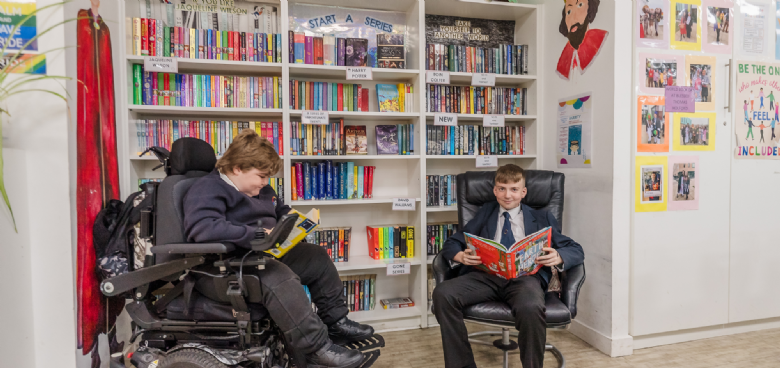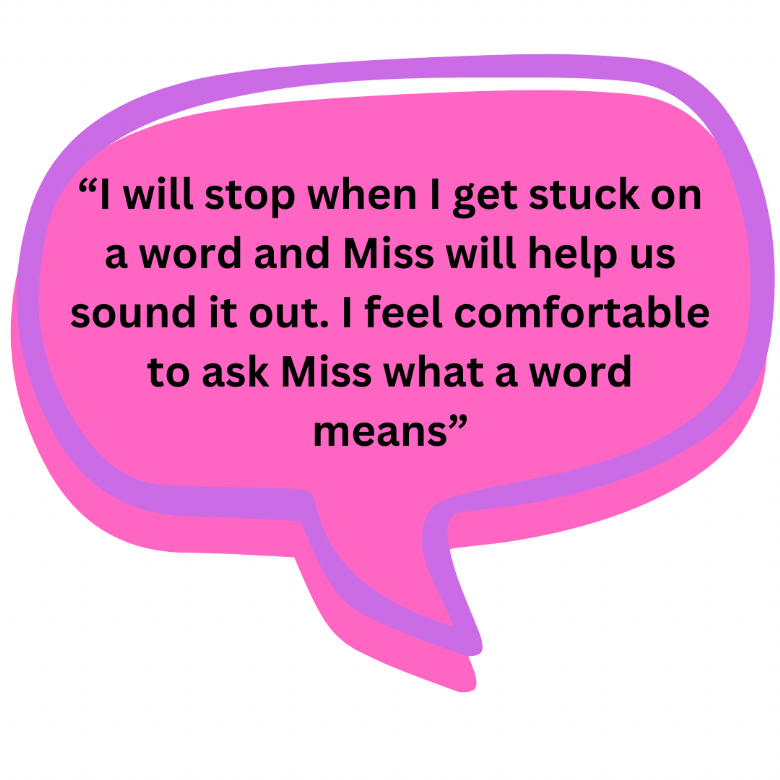Reading Intervention Strategy
Blessed Thomas Holford is a school that reads.
High quality teaching across the curriculum will reduce the need for extra literacy support. Nevertheless, it is likely that a few students will require additional support—in the form of high quality, structured, targeted interventions—to make progress. Tiers of support move from whole class teaching to small group tuition, increasing intensity with need.
Students complete a reading test at two points in the year using The New Group Reading Test (NRGT) through GL Assessment, a standardised assessment that reliably measures reading skill. The data produced may result in some students engaging with reading intervention as outlined below.
TIER #1 BTHCC READS ACROSS THE CURRICULUM
1. All teachers to prioritise disciplinary literacy across their curriculum.
2. All teachers to provide targeted vocabulary instruction in every subject to help students access and use academic language (inclusive of Tier 2 and Tier 3 vocabulary).
3. All teachers support the development of students' ability to read academic texts, encouraging students to engage in responsive reading across every subject area.

TIER #2 LITERACY PROVISION: READING INTERVENTION FOR students BELOW THEIR CHRONOLOGICAL READING AGE
The Literacy Team identify students requiring support following the reading tests. Students who fall below their chronological reading age will engage with reading through small group intervention. Parents are informed and further information is sent home with a point of contact.
Students read a selection of age-appropriate fiction and non-fiction texts.
The reading intervention lead will model reading to indicate speed/intonation/fluency, then each student reads one page, imitating the same speed/intonation/fluency. The reading intervention lead tracks progress through potential patterns of error for each student. Where substitution, mispronunciation and omission regularly occur, pupils’ understanding of the text will be affected. The reading intervention lead provides strategies during the intervention to promote improved reading accuracy for each student. Patterns of error are tracked over the course of the intervention cycle for each student to monitor progress.
The reading intervention lead questions students to monitor comprehension levels throughout the sessions and recaps plot at the beginning of each session as a form of formative assessment addressing misconceptions.
To promote success, vocabulary is sent home via email: three words that students have struggled with within the session. Success in vocabulary is tracked at the beginning of the following week through tasks such as match up activities, putting the word into context/sentences or transforming into pictures.



Each session is 30 minutes long and will run for 6-7 week cycles.
Students are retested at the end of the intervention cycle.
TIER #3 SEND PROVISION: READING INTERVENTION FOR students SIGNIFICANTLY BELOW THEIR CHRONOLOGICAL READING AGE
The Literacy Team and SEND Department identify students who are significantly below their reading age to engage in reading intervention with the SEND Literacy Lead. Parents are informed information sent home with a point of contact.
Students’ fluency of reading is tested using the ‘Test of Word Reading Efficiency’ to measure fluency in sight word reading and phonetic decoding skills. Students are then grouped according to reading fluency, ranging from average/below average/poor/very poor. Students also complete a reading questionnaire before and after intervention sessions take place with further testing alongside a reassessment using NGRT.
Students read extracts from a range of texts (fiction, non-fiction/play/poetry) to develop reading fluency, word reading and language comprehension. Where necessary, work on code knowledge is also carried out.

Reading Intervention Strategy… Student Voice Feedback






